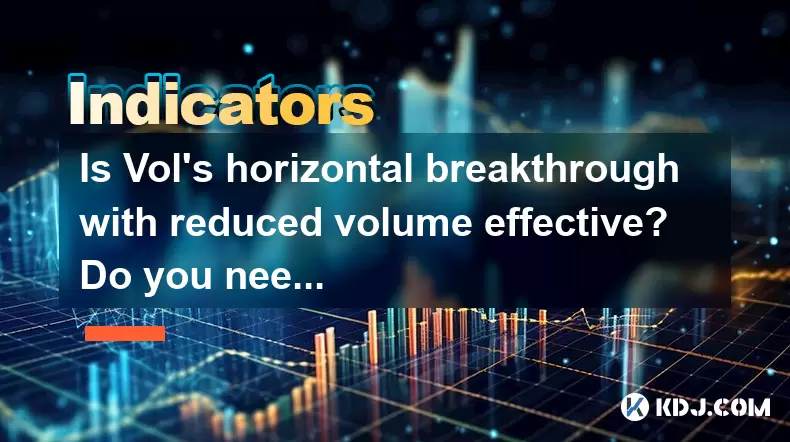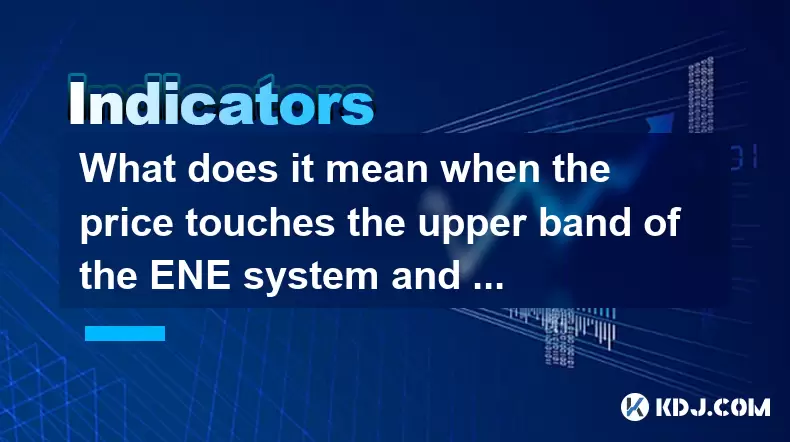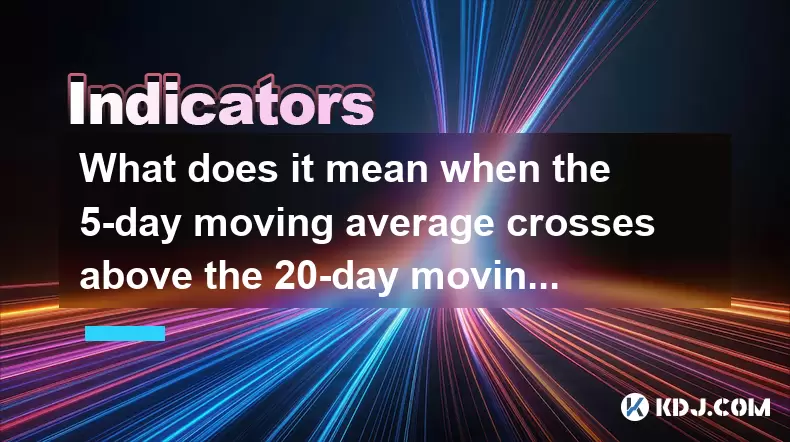-
 Bitcoin
Bitcoin $116700
0.48% -
 Ethereum
Ethereum $4213
6.27% -
 XRP
XRP $3.280
1.22% -
 Tether USDt
Tether USDt $1.000
0.02% -
 BNB
BNB $805.1
2.46% -
 Solana
Solana $180.2
2.65% -
 USDC
USDC $0.0000
0.02% -
 Dogecoin
Dogecoin $0.2412
8.50% -
 TRON
TRON $0.3356
-1.11% -
 Cardano
Cardano $0.8108
3.59% -
 Hyperliquid
Hyperliquid $43.89
8.53% -
 Chainlink
Chainlink $21.15
10.75% -
 Stellar
Stellar $0.4502
1.41% -
 Sui
Sui $3.935
4.69% -
 Bitcoin Cash
Bitcoin Cash $570.7
-1.75% -
 Hedera
Hedera $0.2636
3.28% -
 Avalanche
Avalanche $24.25
4.48% -
 Ethena USDe
Ethena USDe $1.001
0.03% -
 Litecoin
Litecoin $122.0
-0.08% -
 Toncoin
Toncoin $3.445
2.68% -
 UNUS SED LEO
UNUS SED LEO $8.979
-0.08% -
 Shiba Inu
Shiba Inu $0.00001379
6.73% -
 Uniswap
Uniswap $10.91
2.00% -
 Polkadot
Polkadot $4.106
5.39% -
 Dai
Dai $1.000
0.02% -
 Pepe
Pepe $0.00001227
9.07% -
 Bitget Token
Bitget Token $4.507
0.72% -
 Cronos
Cronos $0.1576
3.40% -
 Monero
Monero $272.0
-1.68% -
 Ethena
Ethena $0.7502
21.27%
Is Vol's horizontal breakthrough with reduced volume effective? Do you need to wait for the confirmation of increased volume?
A horizontal breakthrough with reduced volume may be less reliable; waiting for increased volume confirmation can provide a stronger trading signal.
May 27, 2025 at 06:01 pm

Is Vol's horizontal breakthrough with reduced volume effective? Do you need to wait for the confirmation of increased volume?
In the world of cryptocurrency trading, understanding volume patterns and their implications is crucial for making informed trading decisions. One of the key questions traders often ask is whether a horizontal breakthrough with reduced volume is effective, and if they should wait for the confirmation of increased volume before making a move. This article delves into these aspects to provide a comprehensive analysis.
Understanding Horizontal Breakthroughs
A horizontal breakthrough occurs when the price of a cryptocurrency moves above or below a previously established horizontal resistance or support level. This movement is often seen as a sign that the price might continue in the direction of the breakout. However, the effectiveness of such a breakthrough can be influenced by the trading volume at the time of the event.
The Role of Volume in Breakthroughs
Volume is a critical indicator in technical analysis as it provides insights into the strength of a price move. When a breakthrough occurs with high volume, it is generally considered more reliable because it suggests that a significant number of traders are supporting the move. Conversely, a breakthrough with reduced volume might raise questions about its sustainability.
Analyzing Breakthroughs with Reduced Volume
When a horizontal breakthrough happens with reduced volume, it can be less convincing. Reduced volume during a breakthrough might indicate a lack of strong conviction among traders, suggesting that the price might not sustain its new level for long. This scenario often leads traders to question the effectiveness of the breakthrough and consider waiting for further confirmation.
The Importance of Volume Confirmation
Waiting for volume confirmation after a horizontal breakthrough can be a prudent strategy. If the volume increases following the initial breakthrough, it can provide a stronger signal that the price move is likely to continue. This confirmation can help traders feel more confident about entering or exiting positions.
Case Studies of Horizontal Breakthroughs with Reduced Volume
To better understand the effectiveness of horizontal breakthroughs with reduced volume, let's look at a few case studies from the cryptocurrency market.
Case Study 1: Bitcoin (BTC)
In a recent instance, Bitcoin experienced a horizontal breakthrough above a key resistance level with noticeably reduced volume. Traders who acted immediately on this breakthrough faced a quick reversal as the price failed to sustain its new high. Those who waited for volume confirmation saw that the volume did not increase significantly, prompting them to stay out of the trade, which turned out to be a wise decision.Case Study 2: Ethereum (ETH)
Ethereum, on the other hand, saw a horizontal breakthrough with reduced volume, but subsequent sessions showed a gradual increase in volume. Traders who waited for this confirmation entered the market and benefited from a sustained upward move. This example highlights the potential advantage of waiting for volume confirmation.
Strategies for Trading Breakthroughs with Reduced Volume
When faced with a horizontal breakthrough accompanied by reduced volume, traders can employ several strategies to navigate the situation effectively.
Monitor Subsequent Volume Trends
Keep a close eye on the volume in the sessions following the breakthrough. If the volume begins to increase, it could be a sign that the breakthrough is more likely to hold.Use Additional Technical Indicators
Complement volume analysis with other technical indicators such as moving averages, RSI, and MACD. These can provide additional context and help confirm or refute the validity of the breakthrough.Set Clear Entry and Exit Points
Define clear entry and exit points based on your analysis. If you decide to enter a trade after a breakthrough with reduced volume, set tight stop-loss orders to manage risk effectively.Consider Market Sentiment
Pay attention to overall market sentiment and news that might affect the cryptocurrency in question. Positive or negative developments can influence the sustainability of a breakthrough.
Practical Steps for Waiting for Volume Confirmation
If you decide to wait for volume confirmation after a horizontal breakthrough, here are the practical steps to follow:
Identify the Breakthrough
Confirm that a horizontal breakthrough has occurred by checking that the price has moved above or below a significant horizontal level.Assess the Initial Volume
Evaluate the volume at the time of the breakthrough. If it is significantly lower than average, consider it a potential red flag.Monitor Volume Trends
Watch the volume in the subsequent trading sessions. Look for a noticeable increase in volume that could confirm the breakthrough.Analyze Other Indicators
Use other technical indicators to support your analysis. If multiple indicators suggest a strong move, it can reinforce your decision to wait for volume confirmation.Make a Trading Decision
Once you see a significant increase in volume, decide whether to enter the trade. Ensure that your entry and exit points are well-defined.Set Risk Management Measures
Implement stop-loss orders and take-profit levels to manage your risk effectively, especially if you are entering a trade after waiting for volume confirmation.
Conclusion
Understanding the dynamics of horizontal breakthroughs and the role of volume is essential for cryptocurrency traders. While a breakthrough with reduced volume can be less reliable, waiting for volume confirmation can provide a more robust signal for trading decisions. By analyzing case studies, employing strategic approaches, and following practical steps, traders can better navigate these situations and make more informed choices.
Frequently Asked Questions
Can a horizontal breakthrough with reduced volume ever be effective?
Yes, a horizontal breakthrough with reduced volume can be effective in some cases, especially if subsequent sessions show an increase in volume. However, it is generally considered less reliable than a breakthrough with high volume.How long should I wait for volume confirmation after a horizontal breakthrough?
The time to wait for volume confirmation can vary depending on the specific cryptocurrency and market conditions. It is advisable to monitor volume trends over at least a few trading sessions to get a clearer picture.What other factors should I consider besides volume when analyzing a horizontal breakthrough?
In addition to volume, consider other technical indicators like moving averages, RSI, and MACD, as well as overall market sentiment and any relevant news that might impact the cryptocurrency's price.Is it better to trade immediately after a horizontal breakthrough or wait for volume confirmation?
It depends on your risk tolerance and trading strategy. Trading immediately after a breakthrough can be riskier, especially with reduced volume. Waiting for volume confirmation can provide a more reliable signal but might mean missing out on early gains if the breakthrough is sustained.
Disclaimer:info@kdj.com
The information provided is not trading advice. kdj.com does not assume any responsibility for any investments made based on the information provided in this article. Cryptocurrencies are highly volatile and it is highly recommended that you invest with caution after thorough research!
If you believe that the content used on this website infringes your copyright, please contact us immediately (info@kdj.com) and we will delete it promptly.
- Trump, Crypto Vehicle, and WLFI Tokens: A New York Minute on the Latest Buzz
- 2025-08-10 00:30:12
- Wheat Penny Fortune: Unearthing Valuable Coins in Your Pocket Change
- 2025-08-10 00:35:19
- AI Coin Mania: Dubai Millionaires Eye 20x Gains!
- 2025-08-09 23:10:12
- ChatGPT's Hot Takes: Meme Coins to Buy Now for a Wild 2025!
- 2025-08-09 23:10:12
- Jurassic Park Vibes in Your Pocket: The Colourful Canadian Coin Featuring a Dinosaur Eye
- 2025-08-09 23:50:12
- Altcoins on the Radar: VeChain, Ethereum, and the Shifting Crypto Landscape
- 2025-08-09 23:50:12
Related knowledge

What does it mean when the price is trading above the SAR indicator but the red dots are densely packed?
Aug 09,2025 at 11:49pm
Understanding the SAR Indicator and Its Visual SignalsThe SAR (Parabolic Stop and Reverse) indicator is a technical analysis tool used primarily to de...

What does it mean when the MACD histogram continues to shorten but the price reaches a new high?
Aug 09,2025 at 09:29pm
Understanding the MACD Histogram and Its ComponentsThe MACD (Moving Average Convergence Divergence) indicator is a widely used technical analysis tool...

What does it mean when the Triple Moving Average (TRIX) turns downward but the price doesn't fall?
Aug 09,2025 at 12:42pm
Understanding the Triple Moving Average (TRIX) IndicatorThe Triple Moving Average, commonly known as TRIX, is a momentum oscillator designed to filter...

What does it mean when the price touches the upper band of the ENE system and then falls back?
Aug 10,2025 at 12:42am
Understanding the ENE Indicator StructureThe ENE (Envelope) indicator is a technical analysis tool used in cryptocurrency trading to identify potentia...

What does it mean when the Williams' oscillator repeatedly hits bottoms but fails to rebound?
Aug 09,2025 at 09:28am
Understanding the Williams %R OscillatorThe Williams %R oscillator, developed by Larry Williams, is a momentum indicator used in technical analysis to...

What does it mean when the 5-day moving average crosses above the 20-day moving average in a moving average system?
Aug 10,2025 at 12:49am
Understanding Moving Averages in Cryptocurrency TradingIn cryptocurrency trading, moving averages are among the most widely used technical indicators....

What does it mean when the price is trading above the SAR indicator but the red dots are densely packed?
Aug 09,2025 at 11:49pm
Understanding the SAR Indicator and Its Visual SignalsThe SAR (Parabolic Stop and Reverse) indicator is a technical analysis tool used primarily to de...

What does it mean when the MACD histogram continues to shorten but the price reaches a new high?
Aug 09,2025 at 09:29pm
Understanding the MACD Histogram and Its ComponentsThe MACD (Moving Average Convergence Divergence) indicator is a widely used technical analysis tool...

What does it mean when the Triple Moving Average (TRIX) turns downward but the price doesn't fall?
Aug 09,2025 at 12:42pm
Understanding the Triple Moving Average (TRIX) IndicatorThe Triple Moving Average, commonly known as TRIX, is a momentum oscillator designed to filter...

What does it mean when the price touches the upper band of the ENE system and then falls back?
Aug 10,2025 at 12:42am
Understanding the ENE Indicator StructureThe ENE (Envelope) indicator is a technical analysis tool used in cryptocurrency trading to identify potentia...

What does it mean when the Williams' oscillator repeatedly hits bottoms but fails to rebound?
Aug 09,2025 at 09:28am
Understanding the Williams %R OscillatorThe Williams %R oscillator, developed by Larry Williams, is a momentum indicator used in technical analysis to...

What does it mean when the 5-day moving average crosses above the 20-day moving average in a moving average system?
Aug 10,2025 at 12:49am
Understanding Moving Averages in Cryptocurrency TradingIn cryptocurrency trading, moving averages are among the most widely used technical indicators....
See all articles

























































































